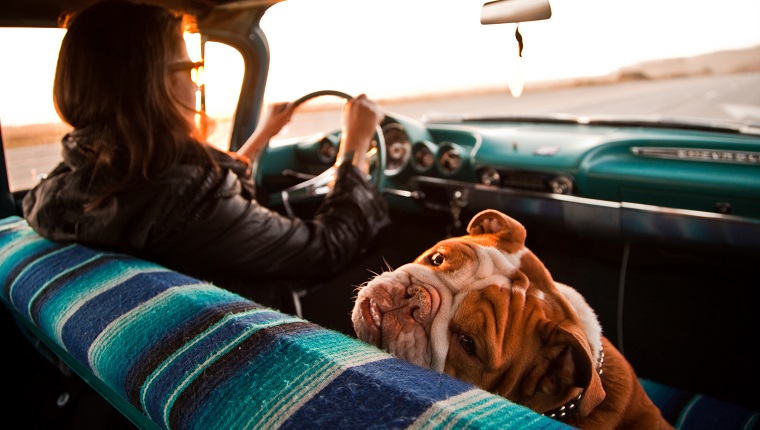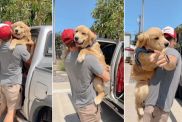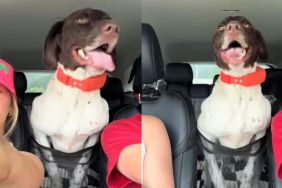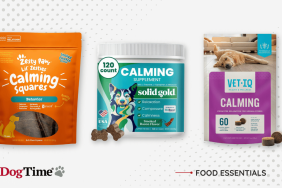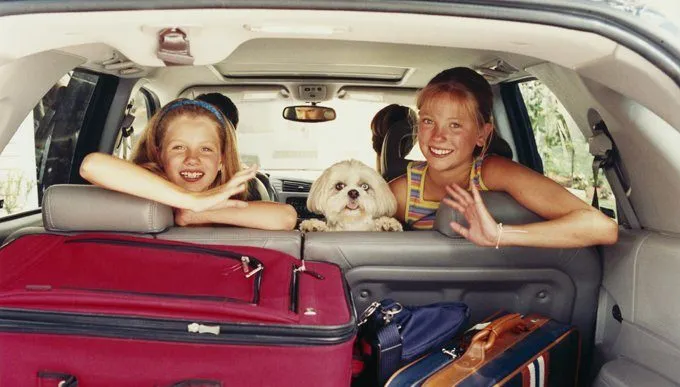
Traveling with your dog is always a joy, especially when you have your own ride. It’s an opportunity to expose your canine companion to various experiences that can help socialize them.
But what if your dog suddenly doesn’t feel right during or after the car ride? What if they just throw up all over the seat?
Dog motion sickness is real, and it can happen even during the shortest car rides.
Preventing canine car sickness, and even treating it, can help make that trip to the dog park, vet, or anywhere else a lot more pleasant.
Why Canine Carsickness Happens
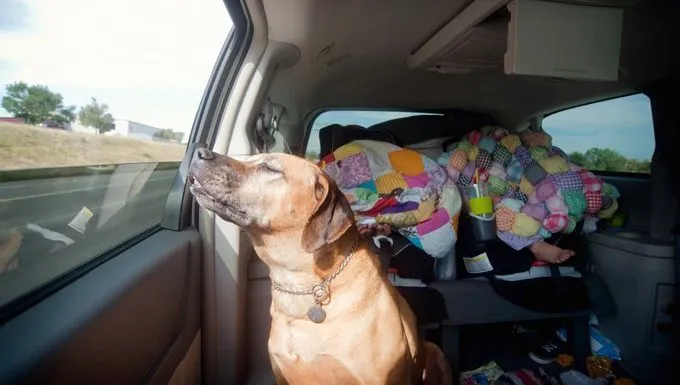
As human children are more affected by motion sickness than adults, the same goes for younger dogs and puppies. The younger ones experience motion sickness because the ear structure responsible for balance hasn’t fully developed. Some dogs outgrow motion sickness, but others don’t.
If your dog was sick during the first car ride, then vomiting may become associated with the travel and could be the reason why your best friend doesn’t outgrow getting ill inside the car.
Canine carsickness may also be triggered by stress, especially if the destination of the car ride is the vet.
Preventing Canine Carsickness
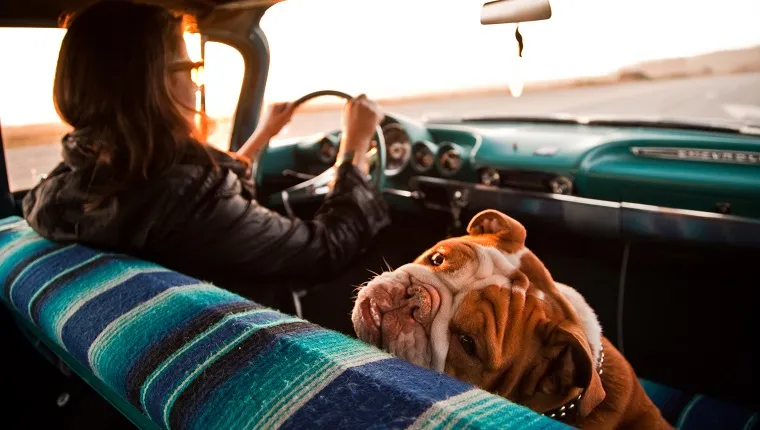
Most carsickness episodes in dogs are brought about by stress and not the motion itself. Your dog may just very well associate traveling with vomiting or anxiety.
The ultimate destination of the entire trip is usually what makes your dog worried and sick. A vet visit or a kennel stay can be common concerns your dog has. Mental, emotional, and even physical trauma may be related to the car ride.
Here are some ways to keep your dog from getting carsick:
- Change your dog’s associations with car travel. Choose a relaxing, peaceful place that’s wide open, like a park, that’s about ten minutes from home. Bring someone who can calm your dog as you drive to your destination. Once you reach the park, play with your dog, and just make the park visit enjoyable. During the ride home, have the other person calm your dog again. When you arrive home, play with your dog as enthusiastically as you did at the park. After a few hours of rest, feed your dog treats. Doing this repeatedly will make your dog realize the car ride should not be a reason to get anxious or sick.
- Make sure your dog has an empty stomach before the ride. Most dogs don’t get carsick when their stomachs are empty. It’s ideal not to give your furry companion any food, approximately six to eight hours before the ride. You can give your dog some water, instead. This may or may not work for your dog. Other dogs need something in their stomach to prevent motion sickness.
- Make frequent stops. Some dogs can handle hours of car rides; others can’t. A good guideline is to stop the car after each hour or two, just to walk around and have some bathroom time. You can also give them some ice or water during the break.
- Get someone to distract your dog. Have your human traveling companions keep your dog’s attention through play. Bring your dog’s favorite toys with you.
- Drive by some scenery, and make sure your dog sees it. Adjust their seats or use pet car seats, so they can look out the window while staying secure. Focusing on scenery can prevent motion sickness.
- Turn off the AC, and open the windows. It’s good to let some fresh air into the car, and it helps prevent carsickness. It’s a good idea to make sure your dog wears protective eyewear if you travel far because the sudden rush of air can damage or dry out their eyes.
- Pick the right vehicle. When you travel, opt for a larger car if you can. Perhaps your dog won’t feel as carsick if there’s more room.
- If all else fails, then ask your vet about motion sickness medication. Vets often prescribe Dramamine (dimenhydrinate), which is also used by humans who have motion sickness. Talk to your vet about the right dosage for your pet. A natural pet calmer can yield favorable results, as well. One holistic preventive measure is to spray natural peppermint, ginger, or chamomile scents in the car. Try various measures with your dog to figure out what works best.
Symptoms Of Carsickness In Dogs
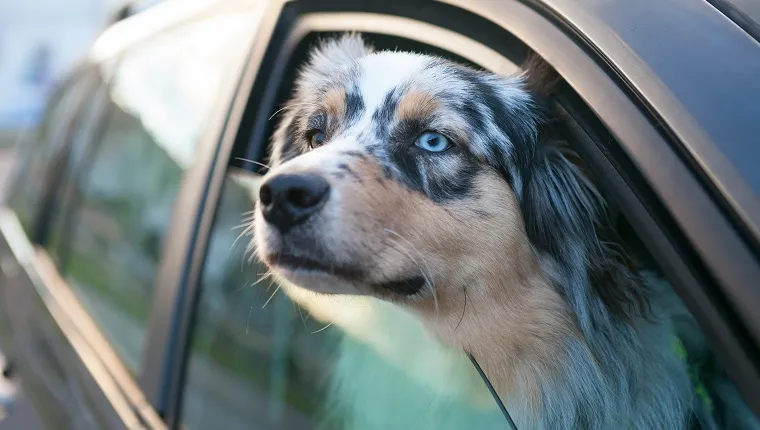
Awareness is key. These are the canine carsickness signs to watch out for when you travel with your dog:
- Listlessness
- Too much drooling
- Constant yawning
- Incessant whining
- Vomiting
- Uneasiness
- Inactivity
Be prepared for that special drive with your dog. Make sure your furry companion is as comfortable as you are during travel.
Do you have any tips for preventing canine car sickness? Does your pooch handle car rides well? Let us know in the comments below!
